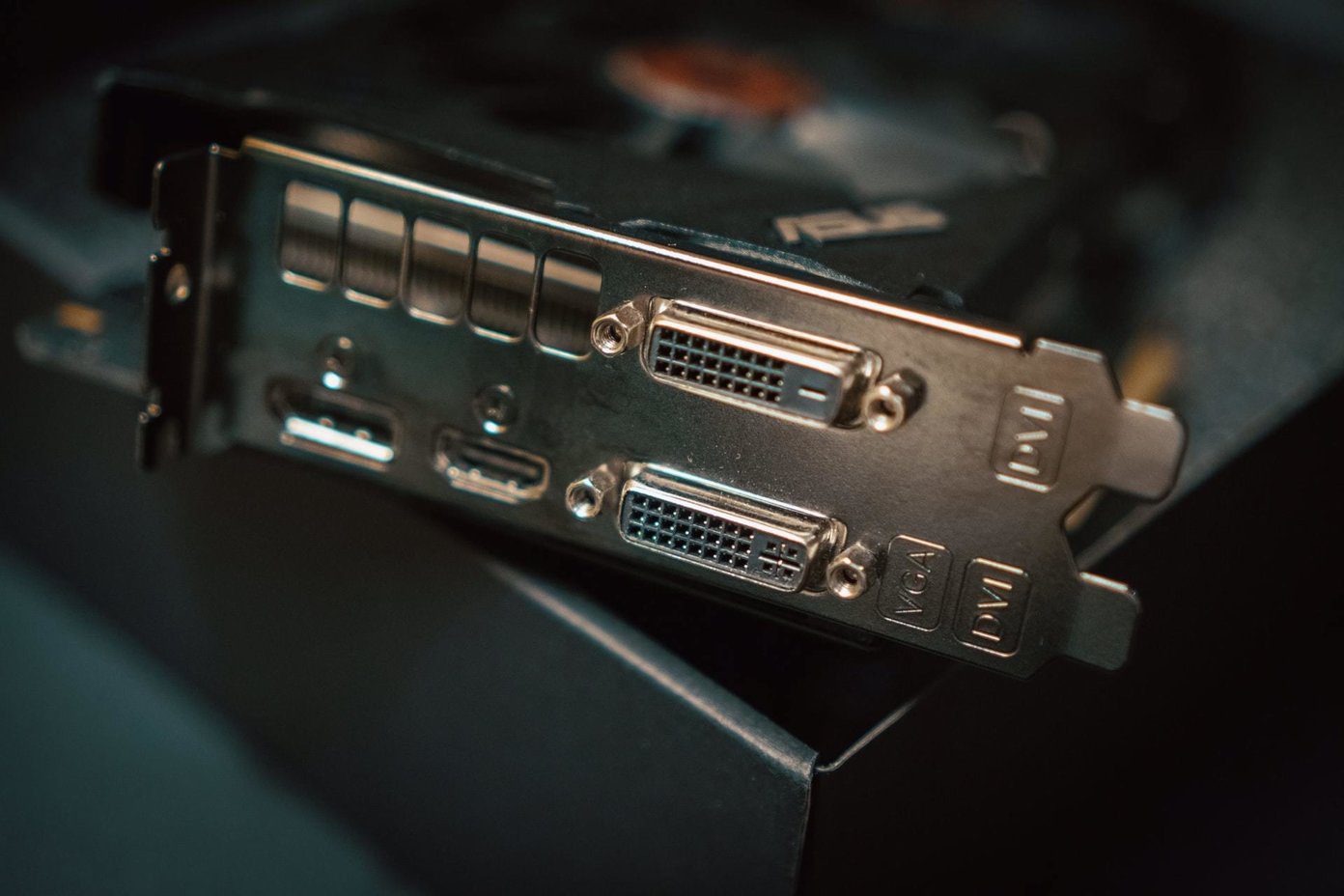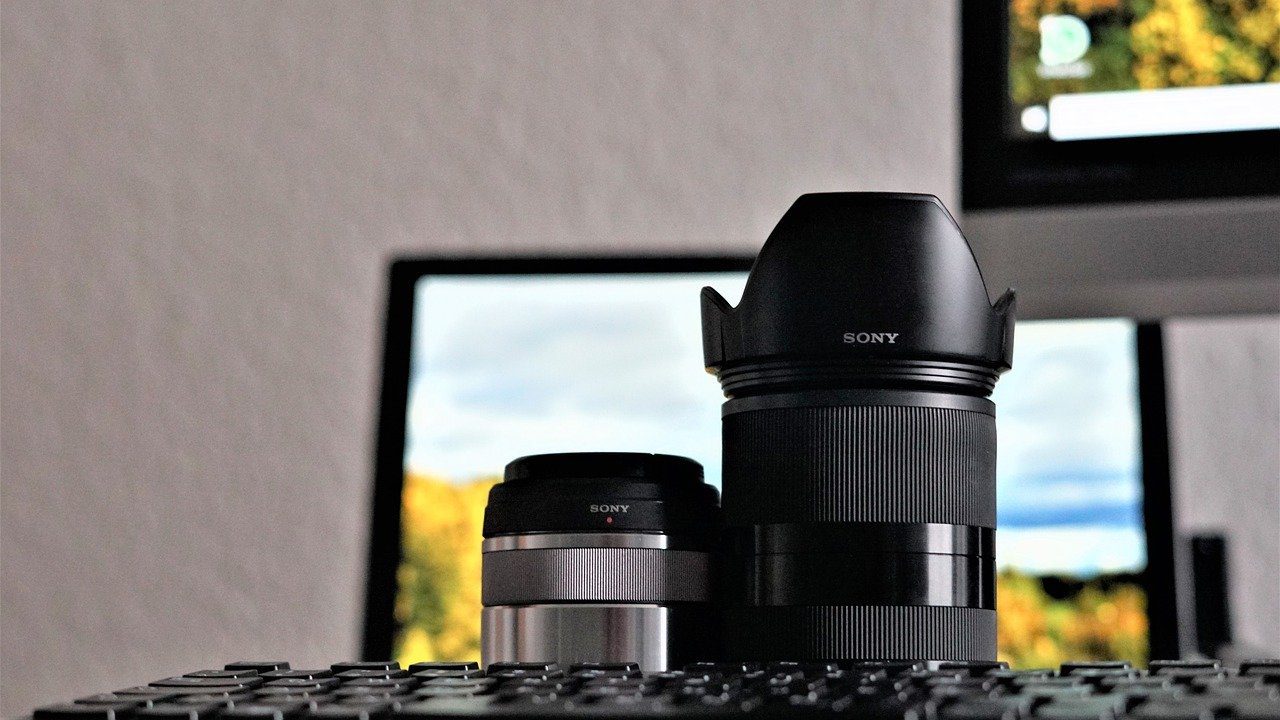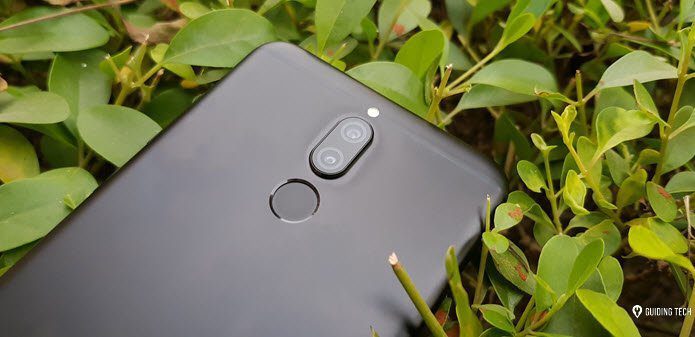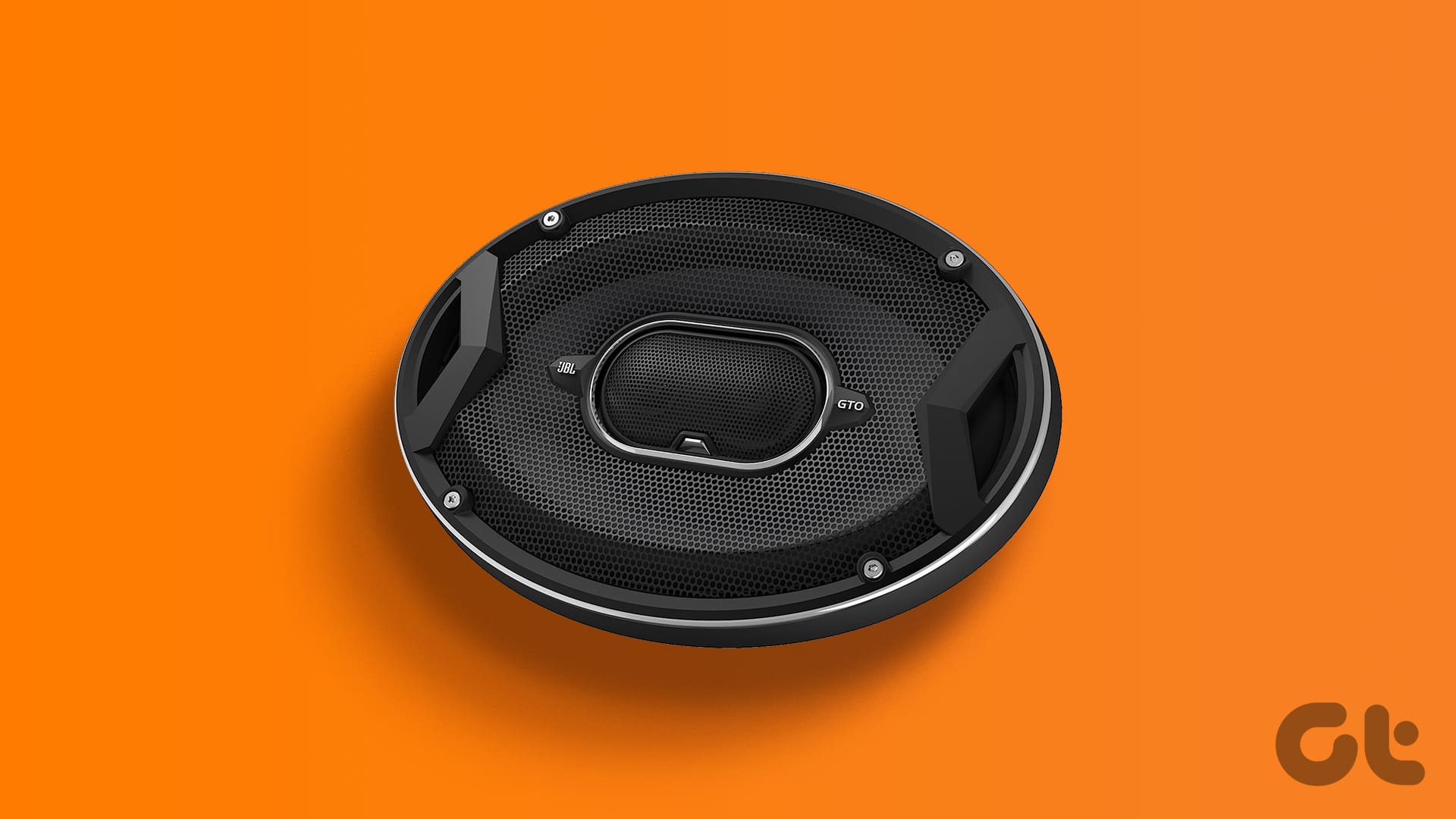HDMI is perhaps one of the most common connectors for now. These ports are almost anywhere from consoles and streaming sticks to TVs and monitors, and so are the HDMI cables. However, if you are into gaming, you must obviously know that that the humble HDMI is not the only connector out there. Like its counterpart, DisplayPort also allows you to stream and play high-resolution video from your TV box or your computer. Over the years, both these techs have seen plenty of interesting changes, and HDMI 2.1 and DisplayPort 1.4 are the two newest iterations that are gradually hitting the market.
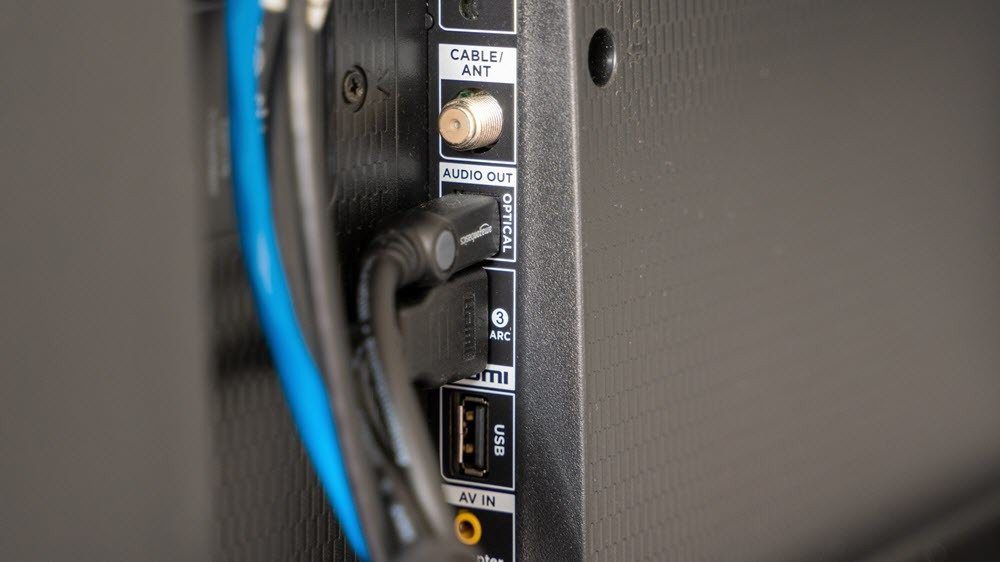
And this brings us to a question, how are HDMI 2.1 and DisplayPort 1.4 different from each other? Is it just an incremental update over the old one, or does it bring something new and exciting to the table?
Well, that’s what we are going to find in this post today as we see the differences between the DisplayPort 1.4 and HDMI 2.1.
So, without further ado, let’s get started.
HDMI vs. DisplayPort: Major Differences
HDMI stands for High-Definition Multimedia Interface and released in 2002. As as you may have guessed, this connector type caught up. Since then, it’s found in almost all the consumer electronics like TVs, monitors, streaming sticks, and gaming consoles, among others.
The HDMI 1.0 was able to push around 3.96 Gbps at max and had support for 4K@30Hz. Fast forward to HDMI 2.0, HDMI cables can push up to 14.4 Gbps of data and can support 8K at 30Hz.
Naturally, HDMI has seen many iterations with HDMI 1.4 and HDMI 2.0 being two of the readily-available standards. From monitors to TVs, you can find them almost anywhere. The backward compatibility among the different iterations means you can switch between different HDMI ports in a single device. Of course, you will miss out on some features.
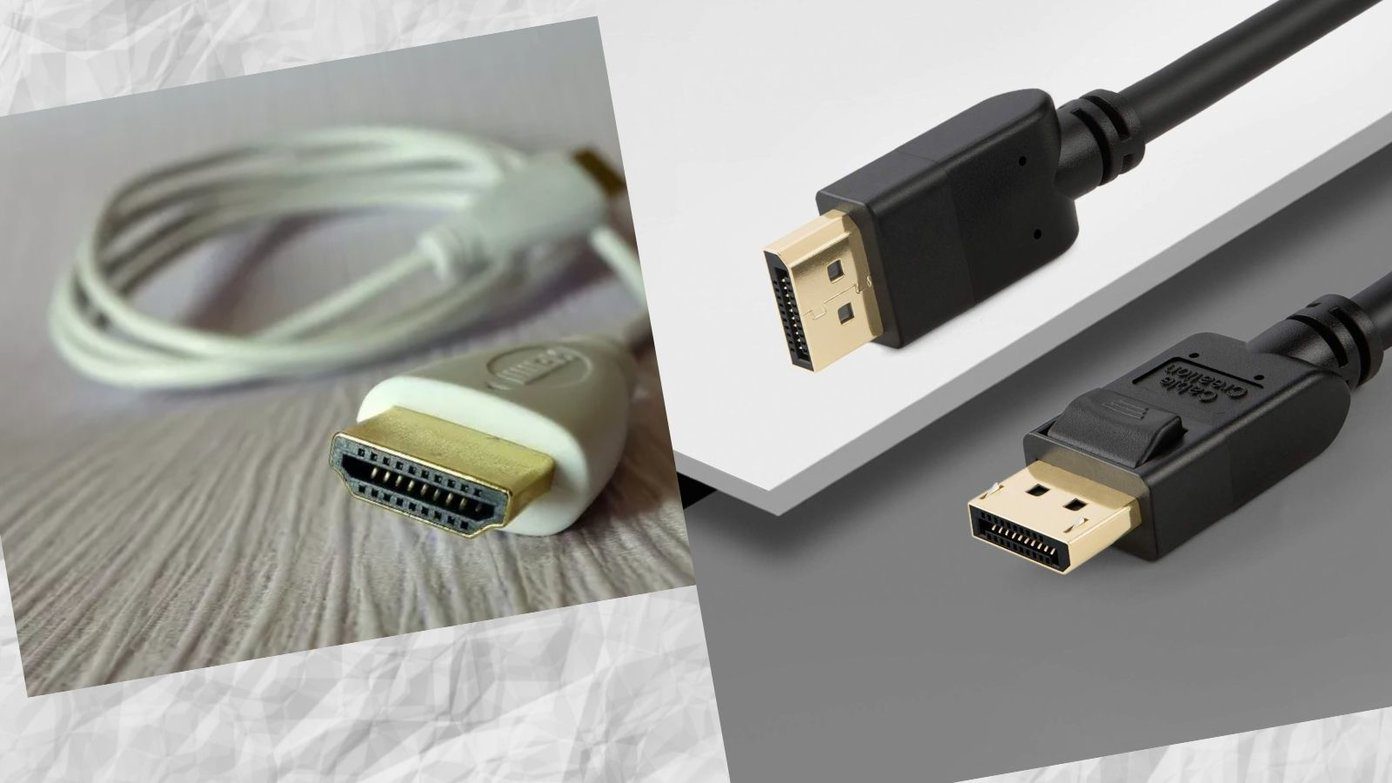
On the other hand, DisplayPort made its debut much later in 2006. On its first revision, it could push around 8.64 Gbps of data and support for 4K@30Hz. Things have changed a lot since then. Today, the data rate and the transmission rate have almost quadrupled.
It’s worth noting that DisplayPort 2.0 was announced in 2019. However, it’s yet to see popularity among the device manufacturers. Speaking of popularity, DisplayPort 1.2 and DisplayPort 1.4 are two of the readily-available standards out there and are backward compatible.
| Property | HDMI | DisplayPort |
|---|---|---|
| Property | HDMI | DisplayPort |
| First Iteration | 1.0 | 1.0 |
| Year Introduced | 2002 | 2006 |
| Max Transmission Rate | 4.95 Gbps | 10.8 Gbps |
| Max Data Rate | 3.96 Gbps | 8.64 Gbps |
Unlike HDMI which is available almost in every consumer electronics, you won’t find DisplayPort connectors in devices other than in high-end gaming monitors (see top monitors with dual DisplayPort) and compact laptops and notebooks (Mini DisplayPort).
What Does DisplayPort 1.4 Bring
It’s no secret that DisplayPort connectors or cables can provide an incredible bandwidth for data transmissions. And it’s one of the important reasons that these are found on high-end monitors.
DisplayPort 1.4 can push around 25.92 Gbps of bandwidth. This sheer jump in data transmission speed also allows 8K resolution at 60Hz or 4K at a whopping 120Hz. And it doesn’t end there. You also get to experience 10-bit color HDR. It’s worth noting that we are talking about the theoretical speed.

These numbers mean that when your gaming monitor is connected to the high-end GPU, you’ll be able to enjoy smooth gameplay. Of course, there are other play factors like refresh rate and Adaptive Sync, but you get the picture.
Perhaps, one of the prime advantages of the increased bandwidth of DisplayPort 1.4 is that it allows for Multi-Stream Transport or MST. With MST, you will be able to daisy-chain several monitors together using just a single cable. This arrangement means you will have a multi-monitor system without going through the hassles of connecting the individual monitors to the CPU.

If we talk numbers, DisplayPort 1.4 lets you daisy chain up to 4 compatible monitors in a single interface. Furthermore, you can also run two 4K monitors together. Cool, right?
What’s New in HDMI 2.1
The HDMI 2.1 was announced in 2017. As you may have guessed, it ups the game by several folds. For one, it allows you to stream 10K content (when available) at 120Hz. You also get the eARC advantage apart from an improved dynamic HDR.
For those uninitiated, eARC aids in piping high-quality audio from your TV/monitor to your (compatible) audio device. The best part is that it’s compatible with Dolby Atmos and DTS:X audio, thereby meaning you will be able to enjoy high fidelity audio in all its glory. And just like ARC, you can let go of a separate audio cable. Quite obviously, you will also need a new HDMI cable. A High-Speed cable or an Ultra High-Speed cable will do just fine.

Interestingly, HDMI 2.1 also brings Variable Refresh Rate or VRR and is meant for the gaming enthusiast. As suggestive of its name, it will help in eliminating screen tears and stutters, thereby letting you enjoy smoother gameplay (much like FreeSync). Apart from that, you will also find features like Auto Low-Latency Mode (ALLM) and Quick Media Switching (QMS).
It’s worth noting that HDMI 2.1 has found its housing in several new devices, including LG’s newest crop of 2020 OLED TVs, the new Xbox X Series, and the PlayStation 5.
| Property | HDMI 2.1 | DisplayPort 1.4 |
|---|---|---|
| Property | HDMI 2.1 | DisplayPort 1.4 |
| Number of Displays Supported | N/A | 4 |
| Max Resolution Supported | 10K@100Hz, 10K@120Hz | 8K@60Hz |
| HDR | Static and Dynamic | Static |
| Audio | 32 channels max | 32 channels max |
| Max Transmission Rate | 48 Gbps | 32.4 Gbps |
However, all is not hale and hearty in this new land as there are some bugs associated with it. For instance, some Nvidia Ampere GPUs may show you a black screen when the screen is upped to run 4K at 120Hz. The initial investigation suggested that the problem rests with an HDMI 2.1 chip made by a specific company. There’s no word on whether it can be solved with a software update or needs an overall replacement. Well, the HDMI 2.1 based Audio Amplifier and Hi-Fi systems have been announced already and on the verge of rolling out for the rest of the world. For now, hold your horses.
HDMI 2.1 or DisplayPort 1.4
With both the media aiming for high-resolution data transfer, it’s all but natural to confuse yourself. The good news is that DisplayPort 1.4 is gaming-focused as NVIDIA and AMD graphics cards support it. And for the time being, it also gives you the flexibility of switching between GPUs, be it AMD’s FreeSync and Nvidia’s G-Sync. Plus, it’s readily available.
On the other hand, HDMI 2.1 is fairly new and is still used in the affordable segment of TV, audio equipment, and monitors. Hopefully, as we move into 2021, we’ll see more gadgets rolling out with either of the ports.
Was this helpful?
Last updated on 02 February, 2022
The article above may contain affiliate links which help support Guiding Tech. The content remains unbiased and authentic and will never affect our editorial integrity.


